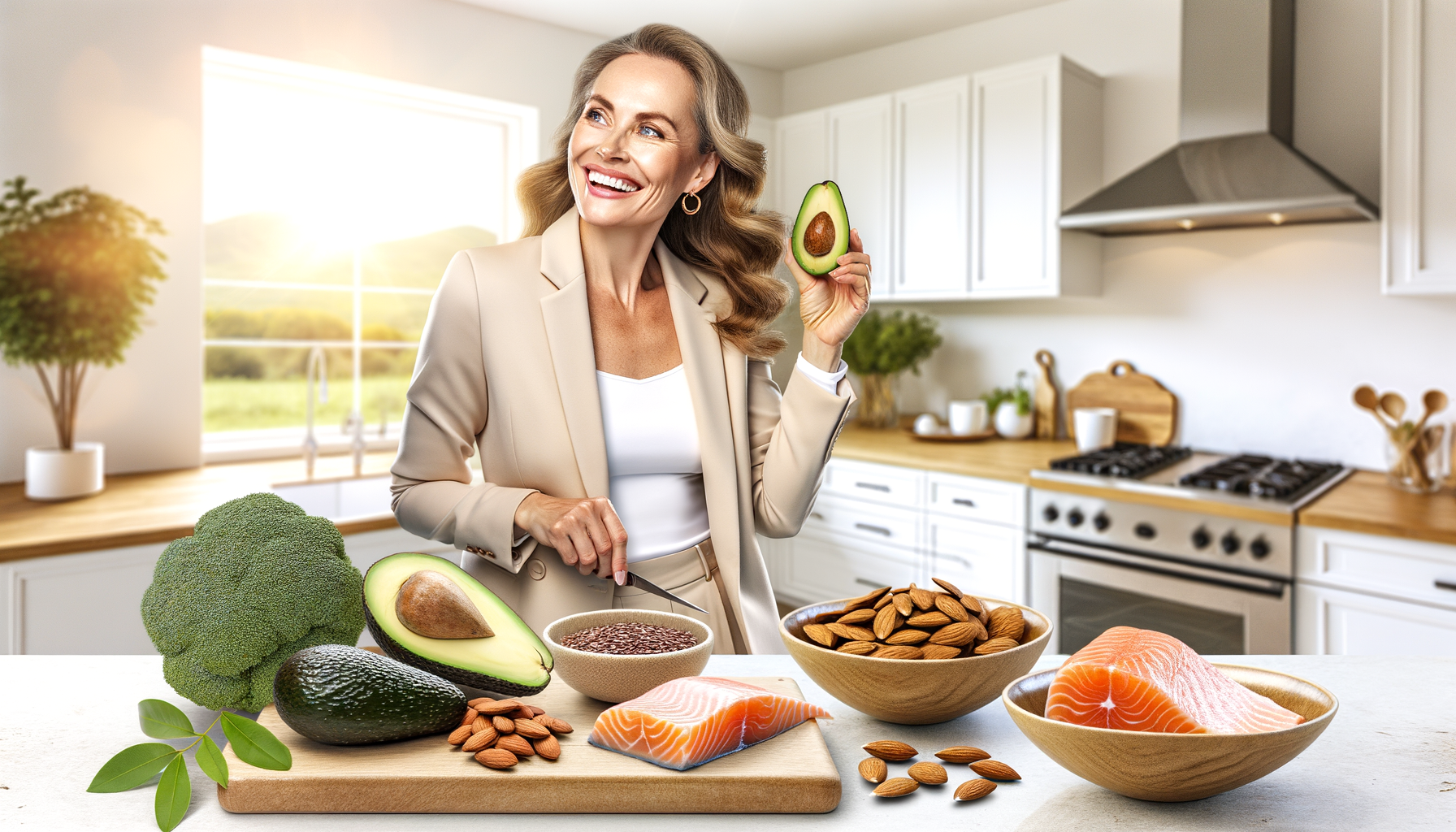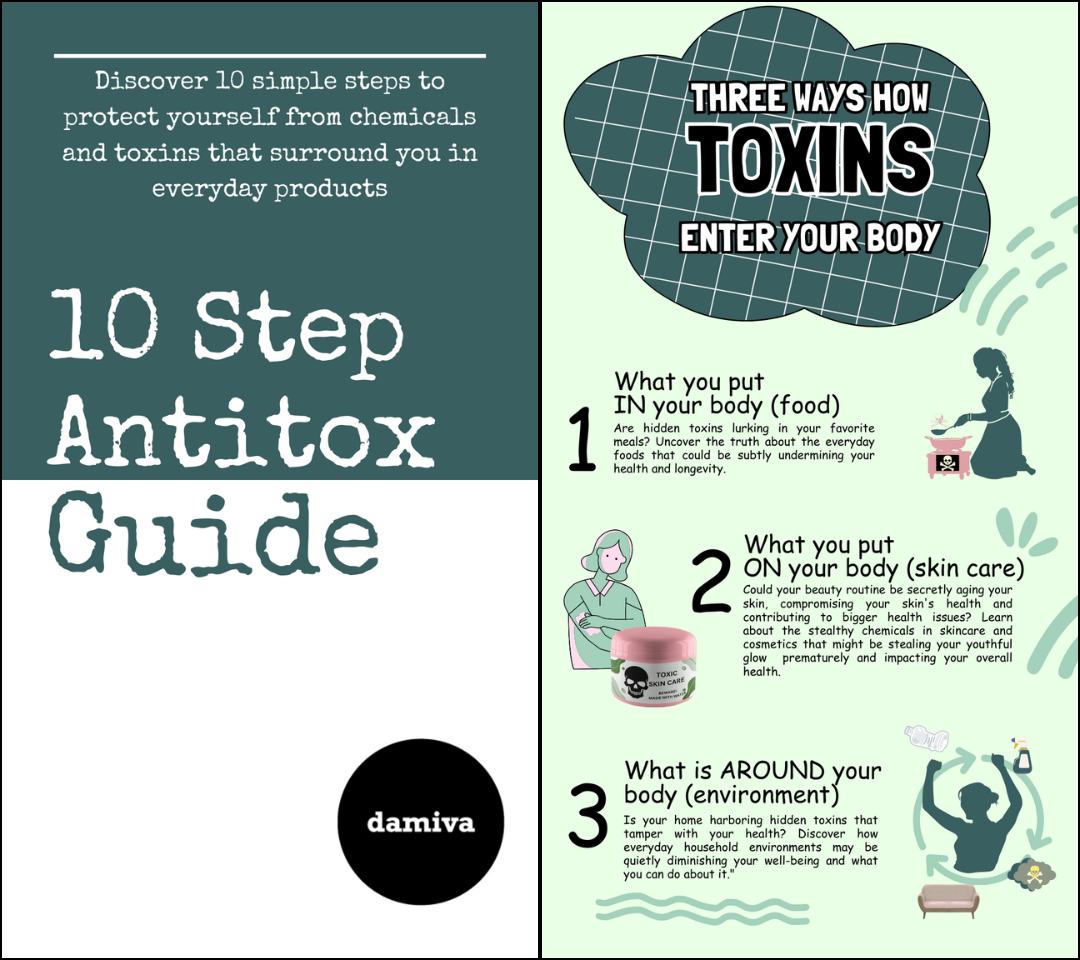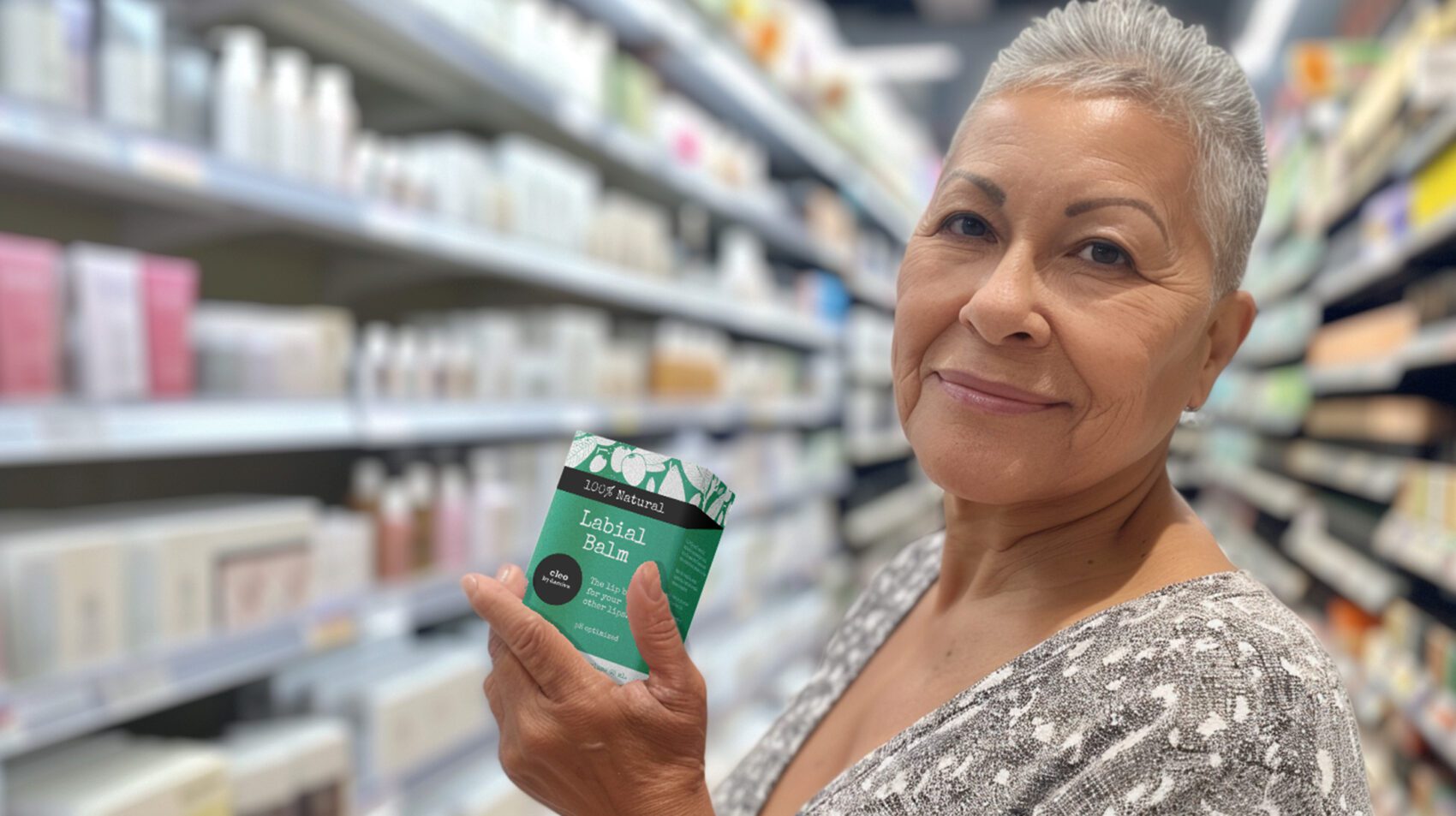
Introduction
Understanding Menopause and Skin Changes
Menopause is a natural biological process that marks the end of a woman’s reproductive years. As women approach their late 40s and early 50s, they experience a decline in estrogen and progesterone levels, leading to the cessation of menstrual periods. This hormonal shift not only affects the body’s internal systems but also brings about significant changes in the skin. During menopause, women may notice increased dryness, loss of elasticity, thinning of the skin, and a slower healing process. These changes are due to the decreased production of collagen and natural oils, making the skin more susceptible to wrinkles, sagging, and irritation.
The Importance of Diet in Managing Dry Skin
Diet plays a crucial role in maintaining skin health, especially during menopause. Proper nutrition can help mitigate the effects of hormonal changes on the skin. A diet rich in essential fatty acids, vitamins, minerals, and antioxidants can provide the necessary support to maintain skin hydration, elasticity, and resilience. Hydrating foods, phytoestrogens, and gut-friendly options can all contribute to a healthier skin appearance during this transitional period.
Overview of Dietary Tips for Skin Health During Menopause
To manage dry skin during menopause, it is important to focus on a balanced diet that includes a variety of nutrients. Hydration is key; therefore, increasing water intake and consuming water-rich foods can help maintain skin moisture. Essential fatty acids, found in fish and plant oils, are vital for skin moisture and elasticity. Vitamins and minerals such as Vitamin C, Vitamin E, Zinc, and Selenium support skin health by enhancing collagen production and providing antioxidant protection. Incorporating phytoestrogens found in soy and flaxseeds can help balance hormones naturally. Lastly, a healthy gut microbiome, supported by probiotics and prebiotics, can improve skin appearance from the inside out. Together, these dietary tips can form a comprehensive approach to managing dry skin during menopause.
Hydration and Skin Health
The Role of Water in Skin Hydration
Water is the essence of life and plays a pivotal role in maintaining the health of our skin, the body’s largest organ. Adequate hydration is crucial for skin health, particularly during menopause when hormonal changes can lead to increased dryness. Water helps to maintain the skin’s elasticity and suppleness by providing the necessary moisture to the skin cells. It also assists in the delivery of essential nutrients to the skin while flushing out toxins that can contribute to inflammation and blemishes. When the skin is well-hydrated, it can appear more vibrant and youthful, with a reduced likelihood of developing dry, flaky patches that are common during menopause.
Recommended Daily Water Intake
The amount of water needed can vary based on individual factors such as climate, activity level, and overall health. However, a general guideline for women is to aim for approximately 2.7 liters (about 91 ounces) of total water from all beverages and foods each day. It’s important to note that as we age, our sense of thirst may diminish, making it even more essential to consciously consume water throughout the day to prevent dehydration. Keeping a water bottle handy and sipping regularly can help meet these hydration needs.
Hydrating Foods to Include in Your Diet
Beyond drinking water, incorporating hydrating foods into your diet can significantly contribute to maintaining skin moisture. Foods with high water content not only help hydrate but also provide vitamins and minerals that support skin health. Here are some hydrating foods to include in your menopausal dietary regimen:
- Cucumbers: Composed of 95% water, cucumbers are excellent for hydration and also contain silica, which supports skin elasticity.
- Watermelon: This juicy fruit is not only refreshing but also rich in antioxidants like lycopene, which can help protect the skin from environmental damage.
- Oranges: High in water content and vitamin C, oranges help in collagen production, keeping the skin firm and hydrated.
- Apples: Apples are hydrating and contain quercetin, an antioxidant that can protect the skin from UVB rays.
- Leafy Greens: Vegetables like spinach and kale are high in water and nutrients that are essential for skin health, including vitamins A, C, and E.
By prioritizing hydration and integrating these water-rich foods into your diet, you can help manage dry skin associated with menopause and promote overall skin health.
Essential Fatty Acids and Skin Moisture
Benefits of Omega-3 and Omega-6
Essential fatty acids (EFAs), particularly omega-3 and omega-6, play a crucial role in maintaining skin health. These polyunsaturated fats contribute to the skin’s natural oil barrier, which is vital for keeping skin hydrated, plump, and youthful. Omega-3 fatty acids, found in high concentrations in the skin, are known for their anti-inflammatory properties, which can help reduce the symptoms of dry skin conditions like eczema and psoriasis. Omega-6 fatty acids, particularly gamma-linolenic acid (GLA), are also important for skin health, aiding in the maintenance of the skin barrier and reducing transepidermal water loss. A deficiency in these EFAs can lead to dry, itchy skin, and an increased risk of acne.
Sources of Essential Fatty Acids
Obtaining a balance of omega-3 and omega-6 fatty acids is important for skin health, especially during menopause when dry skin can become more prevalent. Rich dietary sources of omega-3 fatty acids include:
- Fatty fish such as salmon, mackerel, and sardines
- Flaxseeds and flaxseed oil
- Chia seeds
- Walnuts
- Algae oils
For omega-6 fatty acids, good sources are:
- Evening primrose oil and borage oil (high in GLA)
- Sunflower, safflower, and soybean oils
- Nuts and seeds
Balancing Fatty Acids in Your Diet
While both omega-3 and omega-6 fatty acids are essential, the typical Western diet is often disproportionately high in omega-6s, which can promote inflammation when not balanced with omega-3s. To manage dry skin during menopause, it’s important to achieve a healthier balance:
- Increase your intake of omega-3s to counteract the high levels of omega-6s found in processed foods and cooking oils.
- Consider a high-quality omega-3 supplement if you’re not getting enough from your diet.
- Use oils rich in omega-3s, like flaxseed oil, for salad dressings, and opt for cooking oils with a better omega-6 to omega-3 ratio, such as olive oil.
- Be mindful of the balance of EFAs in your diet and aim for a variety of sources to cover both omega-3 and omega-6 needs.
Remember, the goal is not to eliminate omega-6s but to ensure a more balanced intake of both types of EFAs to support skin hydration and overall health.
By the way, something for you, a little gift!!!
I am just in the middle of publishing my book. It’s about How women can balance their hormones. One part is about food and diet, of course.
Follow this link and enter your email.
I will send you this part of the book for free once the book is published. It has many concrete, practical tips and recipes and will help you feel better during menopause or times of Big hormonal fluctuations.
Annette, Damiva Lead for Health & Wellness

Vitamins and Minerals for Skin Elasticity
Vitamin C and Collagen Production
Vitamin C is a powerhouse when it comes to fostering skin health and elasticity. Its role in collagen production is critical; collagen is the most abundant protein in the body and provides structure and strength to the skin. As estrogen levels decline during menopause, so does collagen synthesis, leading to thinner skin and increased wrinkling. Vitamin C acts as a cofactor for the enzymes responsible for stabilizing and cross-linking collagen molecules, which is essential for maintaining skin’s firmness and preventing sagging. To boost your intake, include citrus fruits, strawberries, kiwi, blackcurrants, and vegetables like broccoli and bell peppers in your diet.
Vitamin E and Skin Protection
Vitamin E is renowned for its antioxidant properties, which help protect the skin from damage caused by free radicals and UV exposure. This fat-soluble vitamin supports skin health by fighting oxidative stress, which can accelerate skin aging and contribute to dryness and loss of elasticity. Foods rich in Vitamin E include nuts, seeds, spinach, and olive oil. Incorporating these into your diet can help maintain the skin’s natural barrier function, keeping it hydrated and resilient.
Zinc and Skin Repair
Zinc plays a pivotal role in skin repair and regeneration. It is involved in DNA synthesis and cell division, which are essential for the maintenance of healthy skin. Zinc also supports the immune system, helping to manage inflammation and the healing of skin lesions. Menopausal women can benefit from zinc’s ability to aid in the natural turnover of skin cells, promoting a smoother, more elastic complexion. Good sources of zinc include meats, shellfish, legumes, nuts, and seeds.
Selenium and Antioxidant Support
Selenium is another mineral that offers potent antioxidant support, working synergistically with Vitamin E to safeguard cell membranes from oxidative damage. It contributes to skin elasticity and firmness by protecting the skin’s quality and texture. Selenium’s role in the body extends to supporting the immune system, which can indirectly benefit skin appearance. Foods high in selenium include Brazil nuts, fish, sunflower seeds, and eggs. Regular consumption of these can help maintain a youthful skin structure during menopause.
Summary: To support skin elasticity during menopause, focus on a diet rich in vitamins and minerals that promote collagen production, protect against oxidative stress, and aid in skin repair. Hydrate and nourish your skin from within by including Vitamin C, Vitamin E, zinc, and selenium in your dietary plan. Embrace foods like citrus fruits, nuts, seeds, and leafy greens to help keep your skin looking its best during this transitional phase of life.
Phytoestrogens and Hormonal Balance
Understanding Phytoestrogens
Phytoestrogens are naturally occurring compounds found in a variety of plants that structurally or functionally mimic mammalian estrogens, particularly 17β-estradiol (E2). Unlike endogenous estrogens, which are steroid hormones derived from cholesterol, phytoestrogens are not steroids and have a different parent chemical structure. Despite this, they can exert estrogen-like effects by binding to estrogen receptors (ERα and ERβ) in the body, including the skin. The affinity of phytoestrogens for these receptors is notably less potent than that of E2, but their ability to bind to and activate these receptors can have significant biological effects, particularly in estrogen-deficient conditions such as menopause.
During menopause, the decline in estrogen levels can lead to various skin changes, including increased dryness, wrinkles, and impaired wound healing. Phytoestrogens, by engaging with estrogen receptors, can help mitigate some of these effects, making them a potential dietary aid for managing dry skin and other dermal concerns associated with menopause.
Natural Sources of Phytoestrogens
Phytoestrogens are found in a wide array of foods, with the principal classes being flavonoids, phenolic acids, lignans, and stilbenes. Common dietary sources include:
- Soy products: Rich in isoflavonoids like daidzein and genistein, soybeans and soy-derived foods are among the most potent sources of phytoestrogens.
- Flaxseeds: These contain high levels of lignans, which are converted by intestinal bacteria into compounds with estrogenic activity.
- Legumes: Various beans, peas, and lentils also provide phytoestrogens.
- Nuts and seeds: In addition to flaxseeds, sesame seeds and other nuts are good sources of lignans.
- Whole grains: Cereals and whole grains contain phytoestrogens that contribute to their health benefits.
- Fruits and vegetables: Certain fruits and vegetables, particularly those in the berry family, are rich in various types of phytoestrogens.
Incorporating Phytoestrogens into Your Diet
To harness the potential benefits of phytoestrogens for skin health during menopause, it’s important to incorporate these compounds into your diet thoughtfully:
- Variety is key: Include a diverse range of phytoestrogen-rich foods to ensure a broad spectrum of these compounds.
- Moderation: While phytoestrogens can be beneficial, they should be consumed in moderation as part of a balanced diet.
- Whole foods over supplements: Opt for natural food sources of phytoestrogens rather than relying on supplements, as the former offer additional nutrients and are less likely to lead to excessive intake.
- Consider food preparation: Some phytoestrogens can be affected by cooking or processing, so it’s wise to consume a mix of raw and cooked sources.
By understanding and incorporating phytoestrogens into your diet, you can take a proactive step towards managing dry skin and promoting overall skin health during the transitional phase of menopause.
Do you know the 3 main ways how your body is exposed to harmful chemicals, which affect your hormones, your thyroid, health and beauty?
If not, it may be time to learn about them. It takes about 1-2 minutes.
We have a few suggestions how to avoid these silent health and immune system killers in our new guide.

Gut Health and Skin Appearance
The Gut-Skin Axis
The connection between gut health and skin appearance, often referred to as the gut-skin axis, is a fascinating area of research that underscores the holistic nature of our body’s systems. The gut microbiome, which is the collection of microorganisms living in the digestive tract, plays a crucial role in overall health, including the health of the skin. An imbalance in the gut microbiome can lead to increased inflammation throughout the body, which may manifest as skin issues such as dryness, acne, or eczema. This is particularly relevant during menopause, when hormonal changes can already be affecting skin integrity.
Probiotics and Prebiotics
Probiotics are live bacteria that contribute to the health of the gut microbiome, while prebiotics are non-digestible fibers that serve as food for these beneficial bacteria. Together, they support a balanced gut environment. Probiotics can be found in fermented foods like yogurt, kefir, sauerkraut, and kimchi, or can be taken as supplements. Prebiotics are abundant in foods such as garlic, onions, leeks, asparagus, and bananas. Incorporating these into your diet can help maintain a healthy gut microbiome, which in turn can reflect positively on your skin’s hydration and elasticity.
Foods for a Healthy Gut Microbiome
To support a healthy gut microbiome, it’s important to consume a diverse range of foods that encourage the growth of beneficial bacteria. These include:
- High-fiber foods: Vegetables, fruits, legumes, and whole grains provide the necessary fiber to promote gut health.
- Polyphenol-rich foods: Berries, green tea, dark chocolate, and olives are packed with antioxidants that beneficial gut bacteria thrive on.
- Fermented foods: Foods like yogurt, kefir, kombucha, and fermented vegetables introduce live probiotics into the gut.
By focusing on these food groups, you can help ensure that your gut microbiome is well-equipped to support not only your digestive health but also the appearance and health of your skin during menopause.
Do you know the three main ways that your body gets in touch with harmful chemicals with everyday products? Knowledge is Power!
The Ultimate Detox Guide will tell you how to lower your exposure to harmful chemicals!

Lifestyle and Dietary Adjustments
Limiting Skin-Irritating Foods
During menopause, it’s crucial to be mindful of foods that may exacerbate dry skin conditions. Foods high in sugar, spicy dishes, and processed carbohydrates can trigger inflammation and exacerbate skin irritation. To manage dry skin effectively, consider reducing your intake of these foods. Instead, focus on a balanced diet rich in fruits, vegetables, and lean proteins to support overall skin health.
The Impact of Alcohol and Caffeine
Alcohol and caffeine can have a dehydrating effect on the body, which may worsen dry skin symptoms. Alcohol can also dilate blood vessels, leading to redness and flushing, while caffeine may disrupt sleep patterns, further impacting skin health. Moderation is key; aim to limit consumption of these beverages and opt for hydrating alternatives like water, herbal teas, and hydrating foods to maintain skin hydration.
Stress Management and Skin Health
Stress can have a profound impact on skin health, potentially leading to increased dryness and irritation. Engaging in stress-reducing activities such as yoga, meditation, or deep-breathing exercises can help manage stress levels. Additionally, maintaining a regular sleep schedule and practicing good sleep hygiene can improve skin health by allowing the body to repair and regenerate overnight.
Creating a Menopause-Specific Dietary Plan
Developing a dietary plan tailored to your needs during menopause can be beneficial for managing dry skin. Incorporate foods rich in essential fatty acids, such as omega-3s found in fish, to support skin moisture. Emphasize the intake of vitamins and minerals like vitamin C, vitamin E, zinc, and selenium, which are crucial for skin elasticity and repair. Don’t forget to include phytoestrogens from sources like soy and flaxseeds to help balance hormones. Consult with a healthcare provider or a nutritionist to create a personalized plan that addresses your specific symptoms and dietary preferences.
Conclusion
By making lifestyle and dietary adjustments, you can effectively manage dry skin during menopause. Limiting skin-irritating foods, moderating alcohol and caffeine intake, managing stress, and creating a menopause-specific dietary plan are all strategies that can contribute to healthier, more hydrated skin. Remember, each individual’s experience with menopause is unique, and it may take time to find the right balance that works for you. Stay patient and committed to your health, and don’t hesitate to seek support from professionals when needed.

⭐️⭐️⭐️⭐️⭐️
“I needed a product like this for medical reasons. Thanks to this product I was able to do my physical therapy. The formula is very comfortable. It provides the right amount of lubrication. I will continue to use. I’m very happy to have found this because nothing else was working.”
Beatriz E, Cleo Customer
Conclusion
Summary of Dietary Tips
The journey through menopause can be a challenging time for many women, particularly when it comes to managing dry skin. However, as we have explored throughout this article, diet plays a pivotal role in maintaining skin health during this transitional phase. Adequate hydration is fundamental, and it is recommended that women consume plenty of water alongside hydrating foods such as cucumbers, watermelon, and oranges. The inclusion of essential fatty acids, particularly omega-3 and omega-6, found in foods like salmon, flaxseeds, and walnuts, can significantly improve skin moisture levels.
Vitamins and minerals are also crucial, with Vitamin C enhancing collagen production, Vitamin E offering protection against oxidative damage, and zinc and selenium supporting skin repair and providing antioxidant support. Additionally, phytoestrogens found in soy products and other legumes can help balance hormones, while a healthy gut microbiome—supported by a diet rich in probiotics and prebiotics—can reflect positively on skin appearance.
Lifestyle and dietary adjustments, such as reducing intake of skin-irritating foods, moderating alcohol and caffeine consumption, and managing stress, can also have a beneficial impact on skin health. Creating a menopause-specific dietary plan that incorporates these elements can help manage dry skin effectively.
Encouragement for Ongoing Health and Self-Care
It is important to remember that menopause is a natural stage of life, and with the right dietary approach, the symptoms, including dry skin, can be managed. Embracing a diet rich in hydrating fluids, essential fatty acids, vitamins, minerals, and phytoestrogens, while also paying attention to gut health, can lead to significant improvements in skin health. Moreover, combining these dietary tips with a healthy lifestyle can enhance overall well-being.
Self-care during menopause is not just about addressing physical symptoms; it’s also about nurturing mental and emotional health. Taking time for relaxation, engaging in regular physical activity, and seeking support from health professionals or peer groups can contribute to a more positive menopause experience. Ultimately, the goal is to empower women to take control of their health during menopause, with diet playing a key role in this empowering process.
















